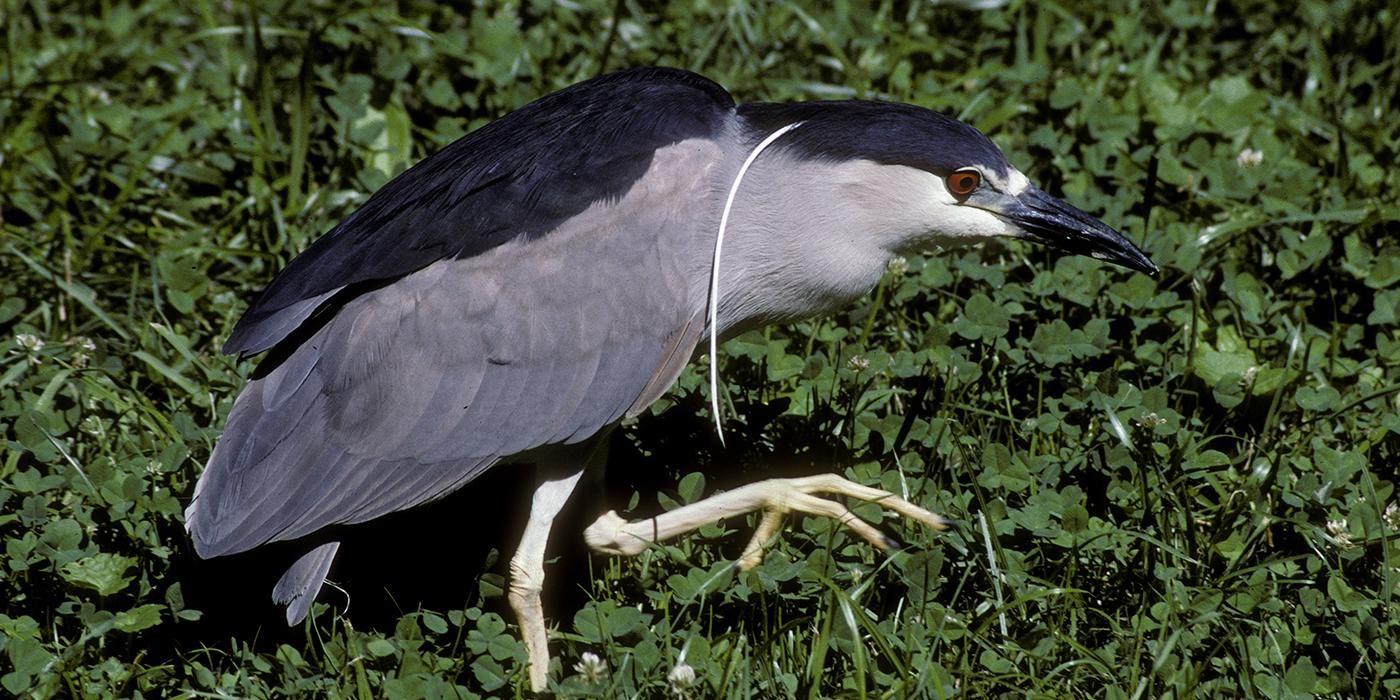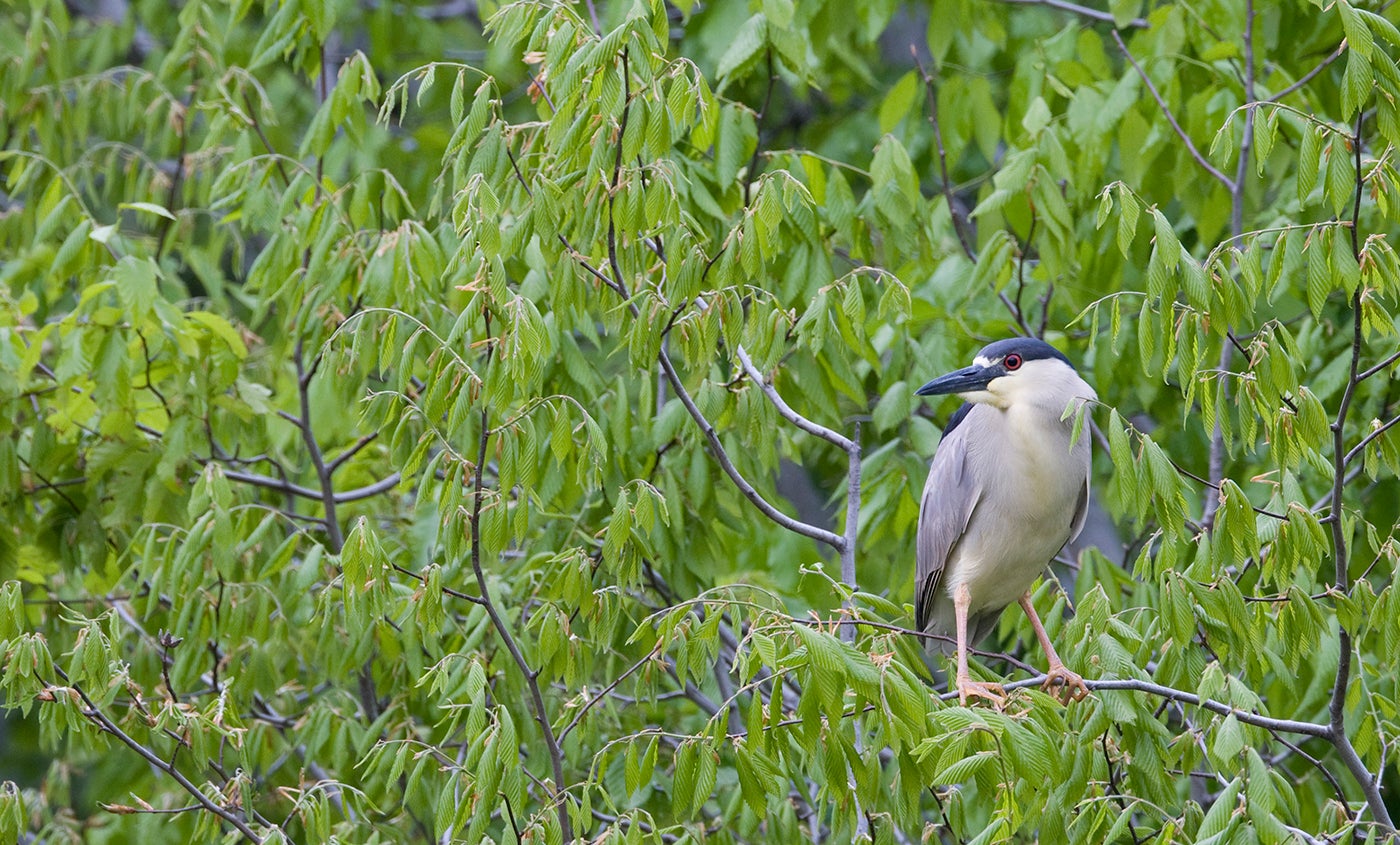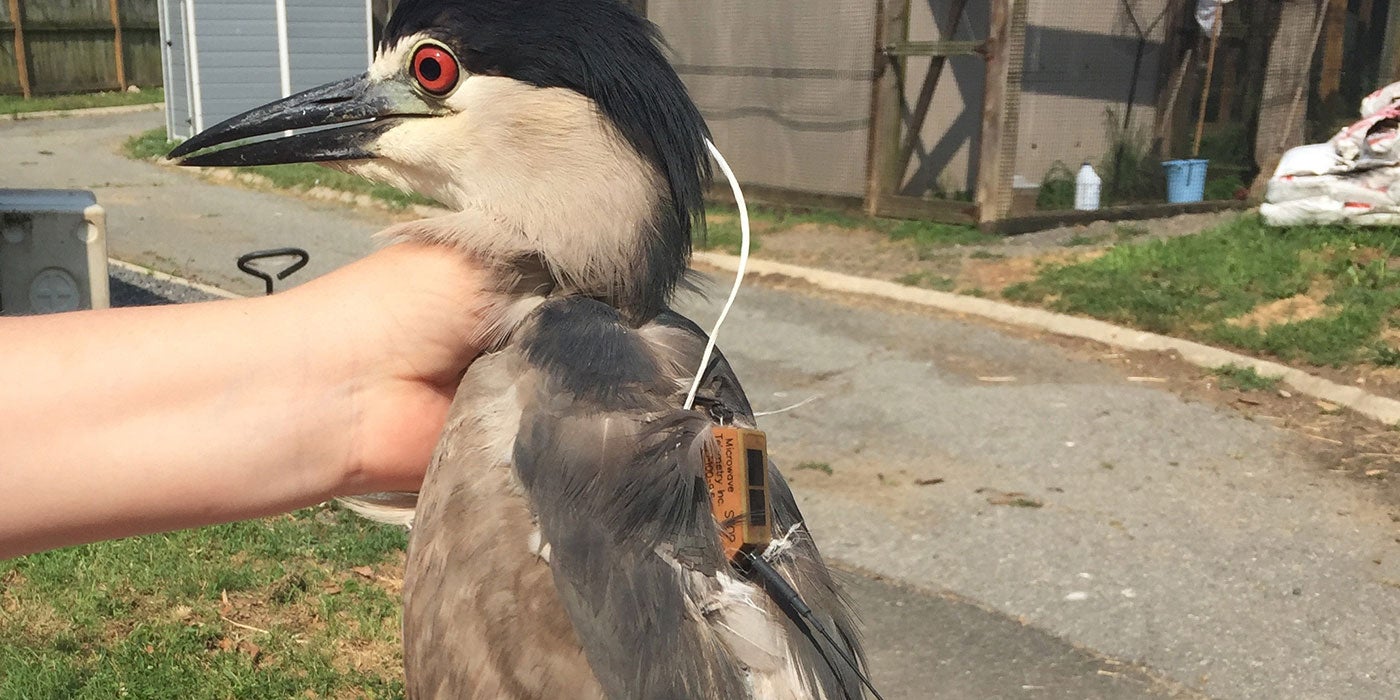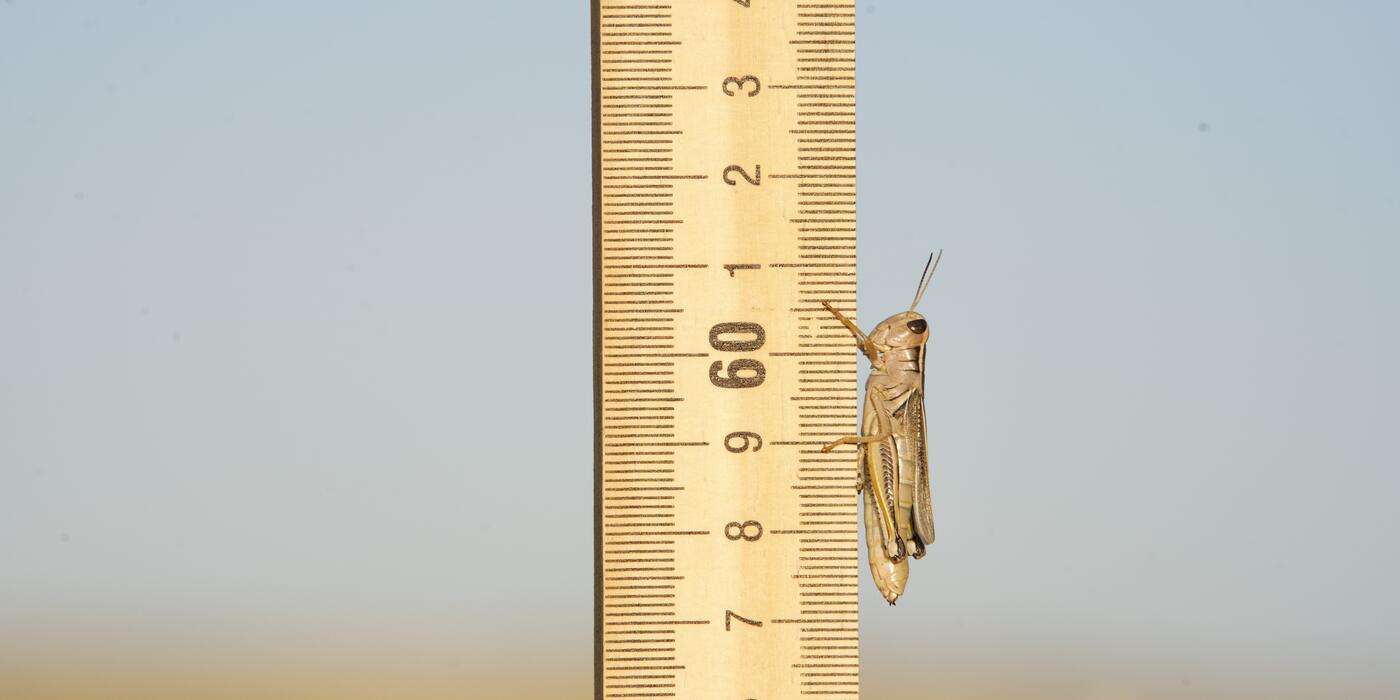Tracking Technology Solves 100-year-old Black-crowned Night Heron Mystery


Every spring, approximately 100 breeding pairs of wild, black-crowned night herons arrive at the Smithsonian’s National Zoo and Conservation Biology Institute in Washington, D.C., where they have been nesting for more than 100 years. Fascinated by where these birds go when they leave the Zoo, Smithsonian scientist Paul Bartsch initiated the first systematic and scientific bird-marking study in North America. In 1902, he caught and banded 23 black-crowned night herons from this colony with a small metal band that read “Return to Smithsonian Institution” with the year and a serial number. Although he hoped to learn more about the migration routes and wintering locations of these birds, the bands were all found nearby and not long after they had been put on the birds. Where these birds spent the winter would remain a mystery.
More than 100 years later, tracking devices can now answer Bartsch’s questions about the migratory routes and wintering locations of black-crowned night herons, as well as many other migratory species. Today, these devices can measure the amount of sunlight, communicate locations with satellites and even ping an antenna on the space station!
Tracking makes it possible to understand where animals go and how individuals and populations are linked throughout the year. This is what scientists call migratory connectivity. It’s important because the non-breeding period makes up the largest portion of many animals’ lives. Yet, for most species, scientists often only study the breeding season, limiting our understanding of how animals interact with their surroundings the rest of the year. Knowing where birds go and what threats they may encounter throughout the year can help us learn about causes of declines for certain breeding populations.
For example, in the 1990s, scientists observed an alarming decline of Swainson’s hawks in the U.S. They decided to follow the birds to their wintering grounds in Argentina. They discovered farmers were using a pesticide for insect control on their fields that had been banned in the U.S., but not in Argentina. The birds were eating the poisoned grasshoppers and dying in large numbers. Because scientists tracked the birds to their wintering locations, they were able to figure out why the birds were declining and ban the use of the pesticide. Today, Swainson’s hawk numbers are stable.
In the U.S., populations of black-crowned night herons remain stable, although the species is listed as threatened, endangered, or a species of concern in 10 states, seven of which are in the Great Lakes region. Black-crowned night herons had not been tracked during migration and through the winter, so we didn’t know where they go and what threats they may face during these times of the year.
In 2013, Smithsonian researchers began tracking the birds in order to unravel the mystery of where these birds spend the winter. In the last five years, we've attached transmitters to 18 adults (12 satellite transmitters and six cell phone transmitters). We then tracked herons from the Washington, D.C. region, to North Carolina, to Florida, to Cuba, and even Nicaragua. The birds returned to the Zoo to breed every year and also used the same wintering areas each year.

To fill gaps in our understanding of black-crowned night herons in other parts of their range, we teamed up with biologists from The Ohio State University and Ohio Division of Wildlife to combine tracking data from the stable breeding colony at the Smithsonian’s National Zoo with tracking data from breeding colonies in the Lake Erie Plains region of Ohio, where the species is listed as state-threatened. We used the tracking data to see where these birds spend the winter and to see if this could be a reason there are differences in the population trends between the areas.
In June 2021, we published a scientific article in the Journal of Ornithology outlining the findings. We found that all the birds from the Ohio colonies migrated in winter, while some birds from the Zoo migrated shorter distances, some longer distances and others didn’t even migrate. The birds that did migrate from the Zoo shared similar wintering areas as the birds from Ohio, including Florida, Cuba, Honduras and Nicaragua. Some birds stayed in one place throughout the entire winter, while others moved around to different areas.
Most birds that we tracked for more than one year, returned year after year to where they spent the summer, no matter where they spent the winter. This means that where the birds spend the winter may not be the reason the Ohio black-crowned night heron colonies are declining. However, birds from these two distant areas mainly used only three locations to overwinter. Therefore, these areas may be important for conservation of the eastern North American population of black-crowned night herons.
Currently, two birds tracked from the Zoo are still transmitting location data. Both birds have been spotted at the Zoo and, in true Washington, D.C., fashion, one has been spending time on the National Mall.
And thus, after more than 100 years, our work with the Zoo’s colony of black-crowned night herons is done — at least for now. The birds will still return to the Zoo as they have for more than a century, but we don’t have any plans to put trackers on them any time soon.
This project was done in collaboration with Chris Tonra and Kristie Stein from The Ohio State University; and Laura Kearns from the Ohio Division of Wildlife. This research is supported in part by the Conoco Phillips Global Signature Program, Edgar M. Cullman, Jr., and the Smithsonian Women's Committee.
Related Species:

